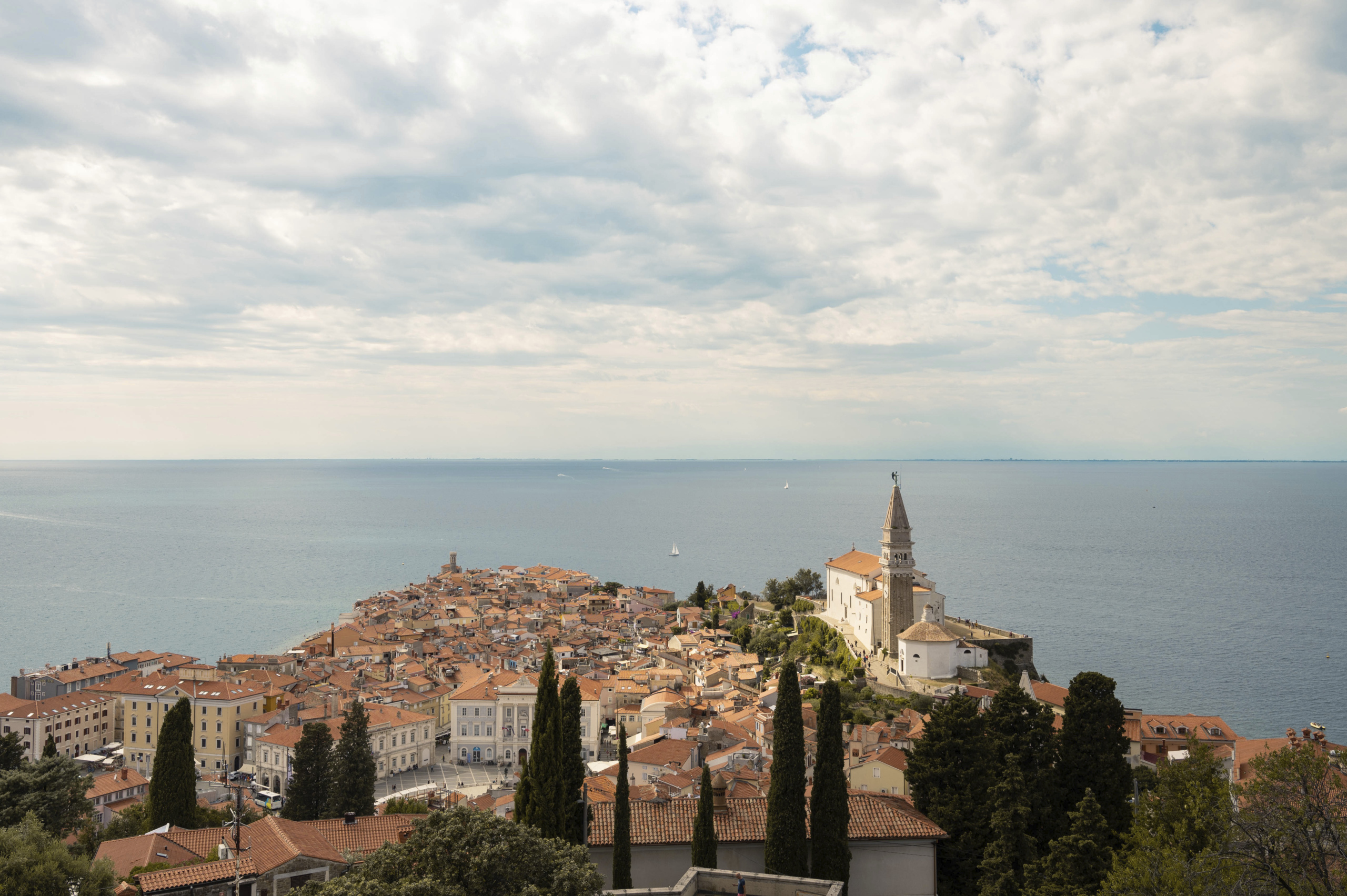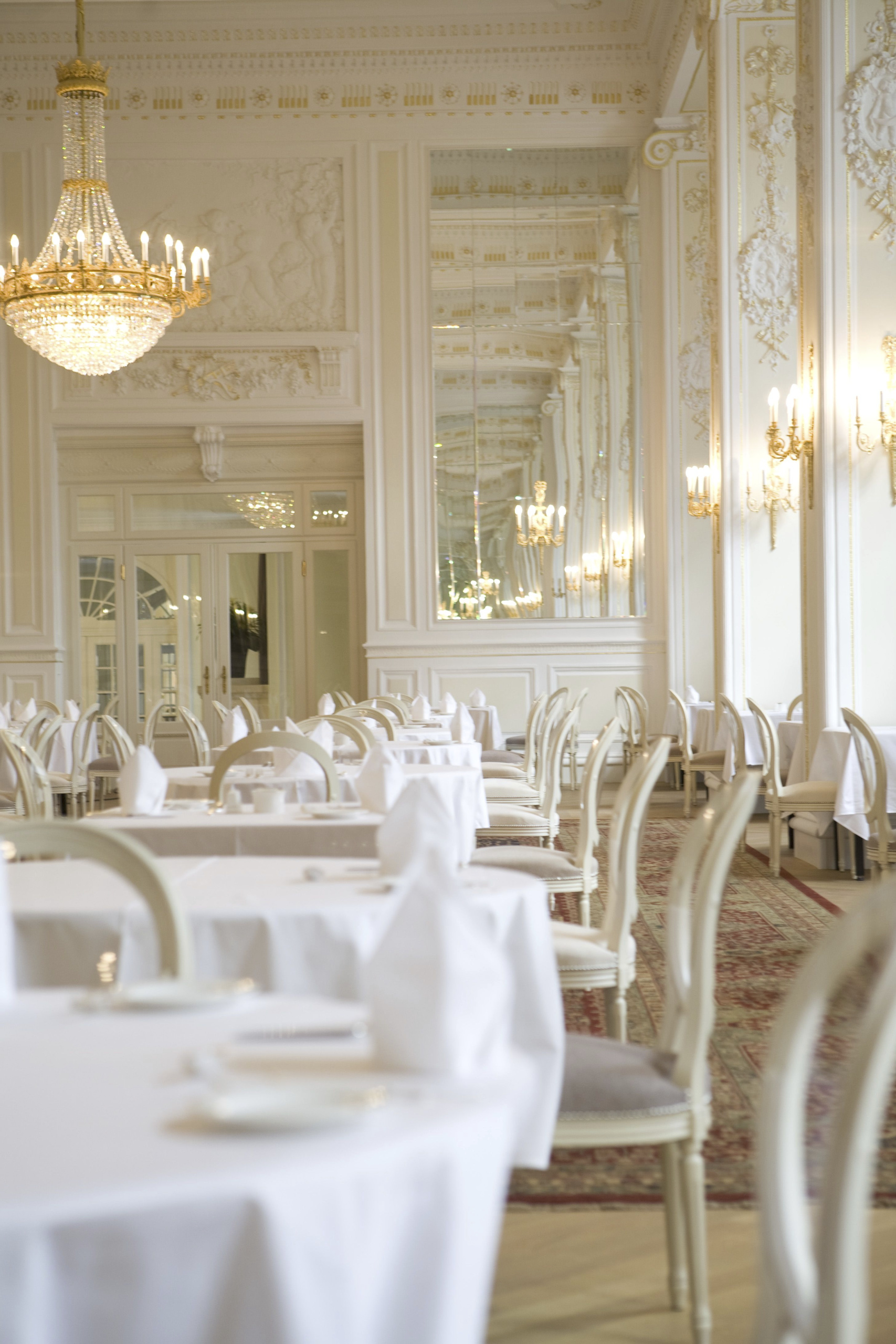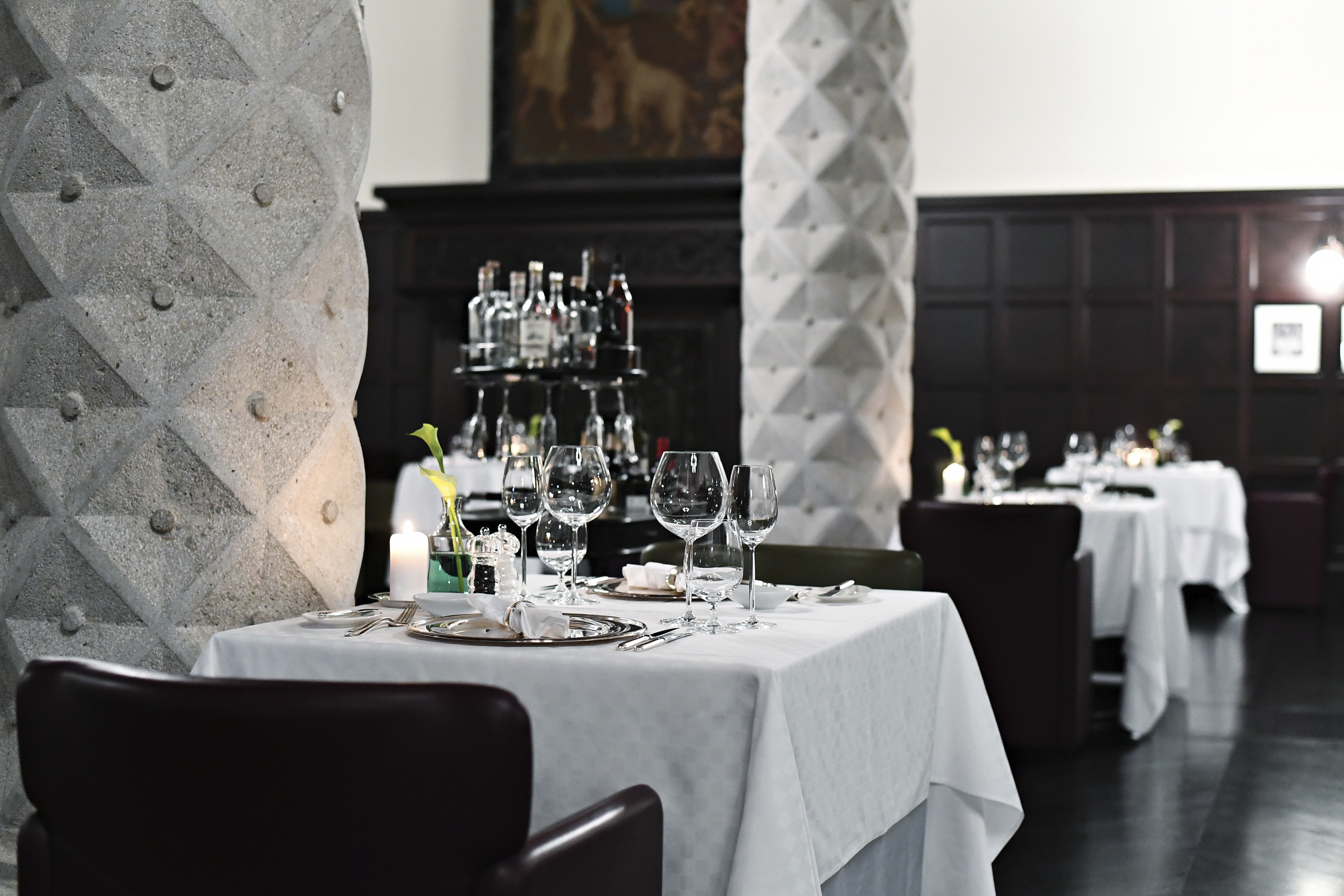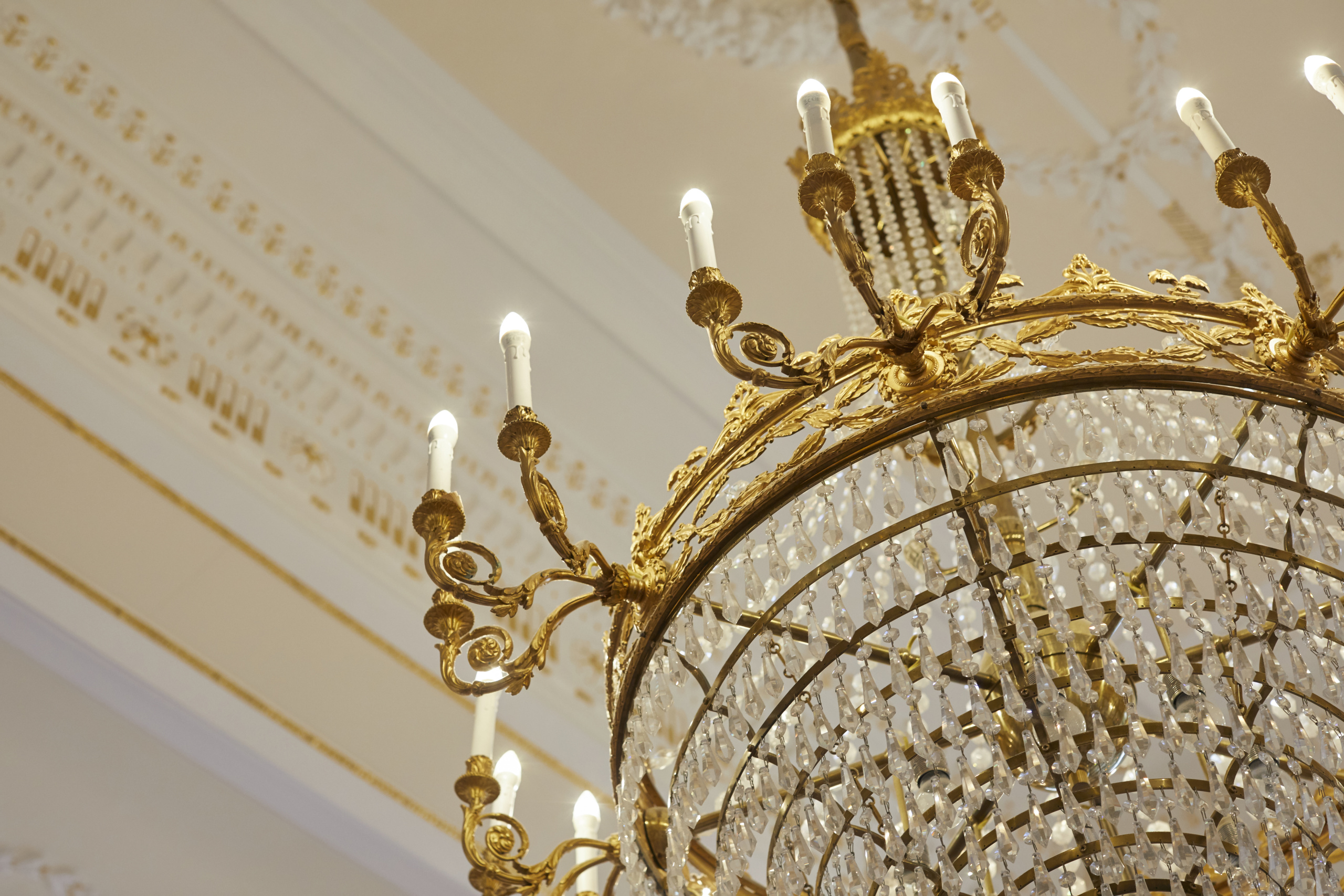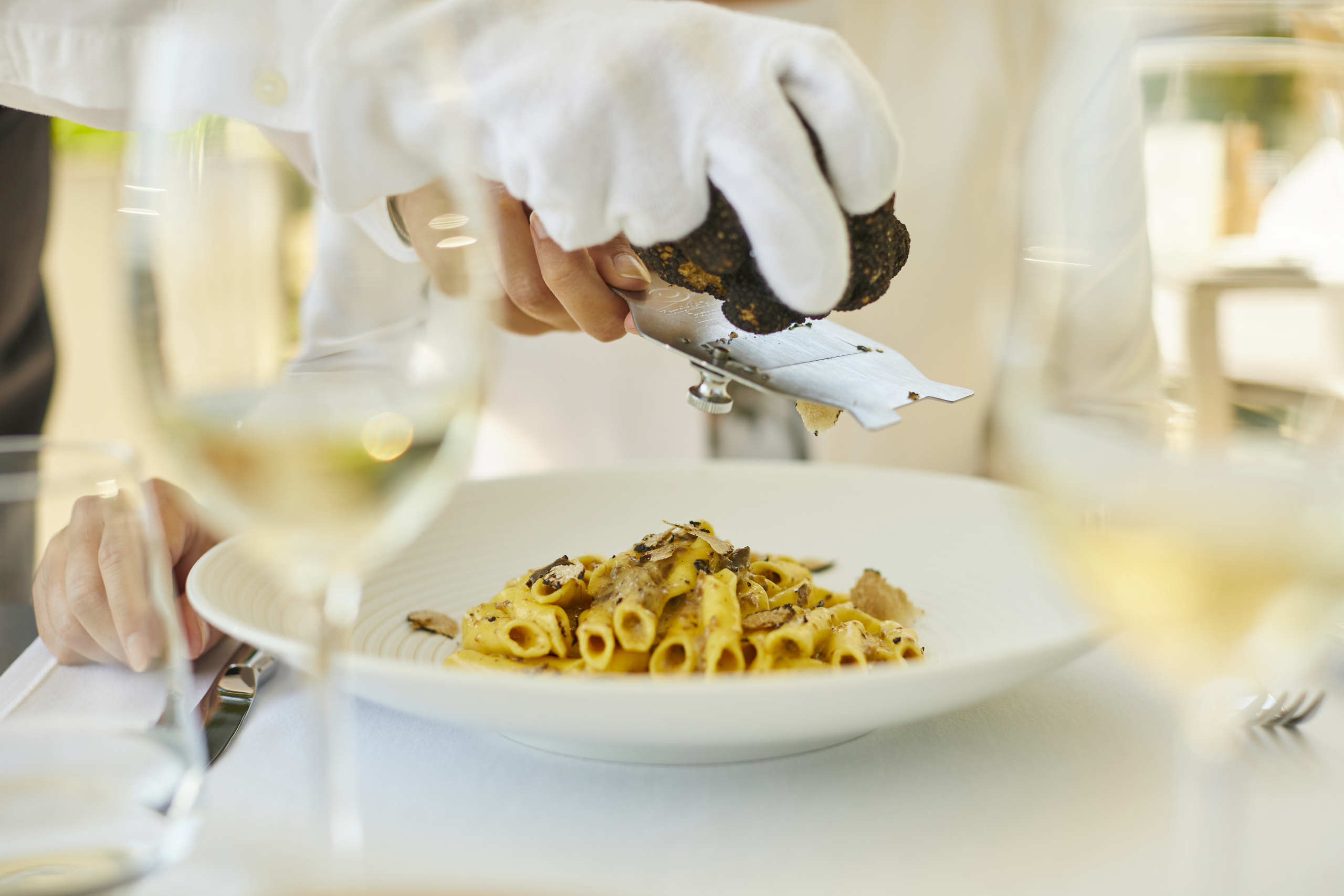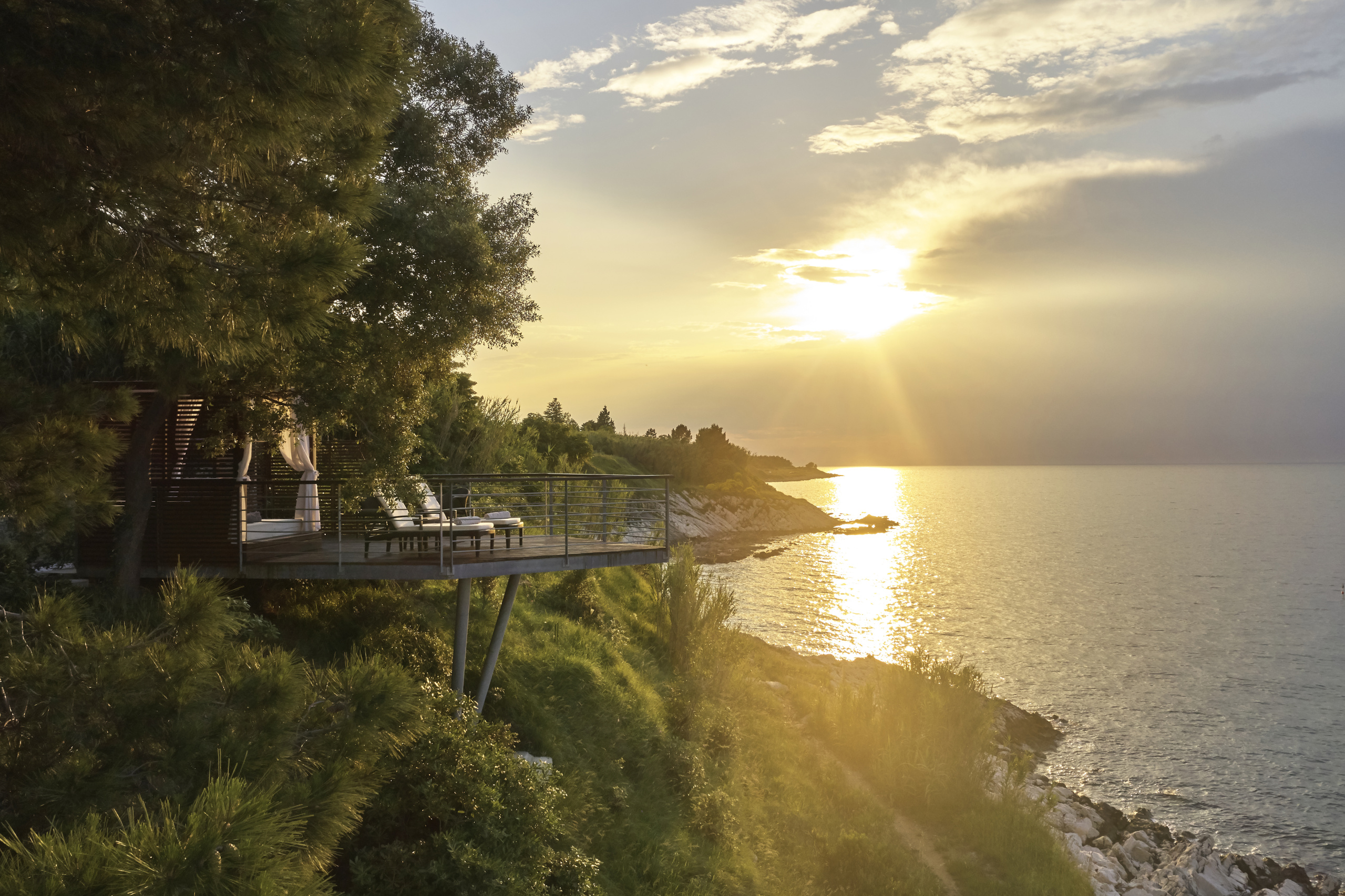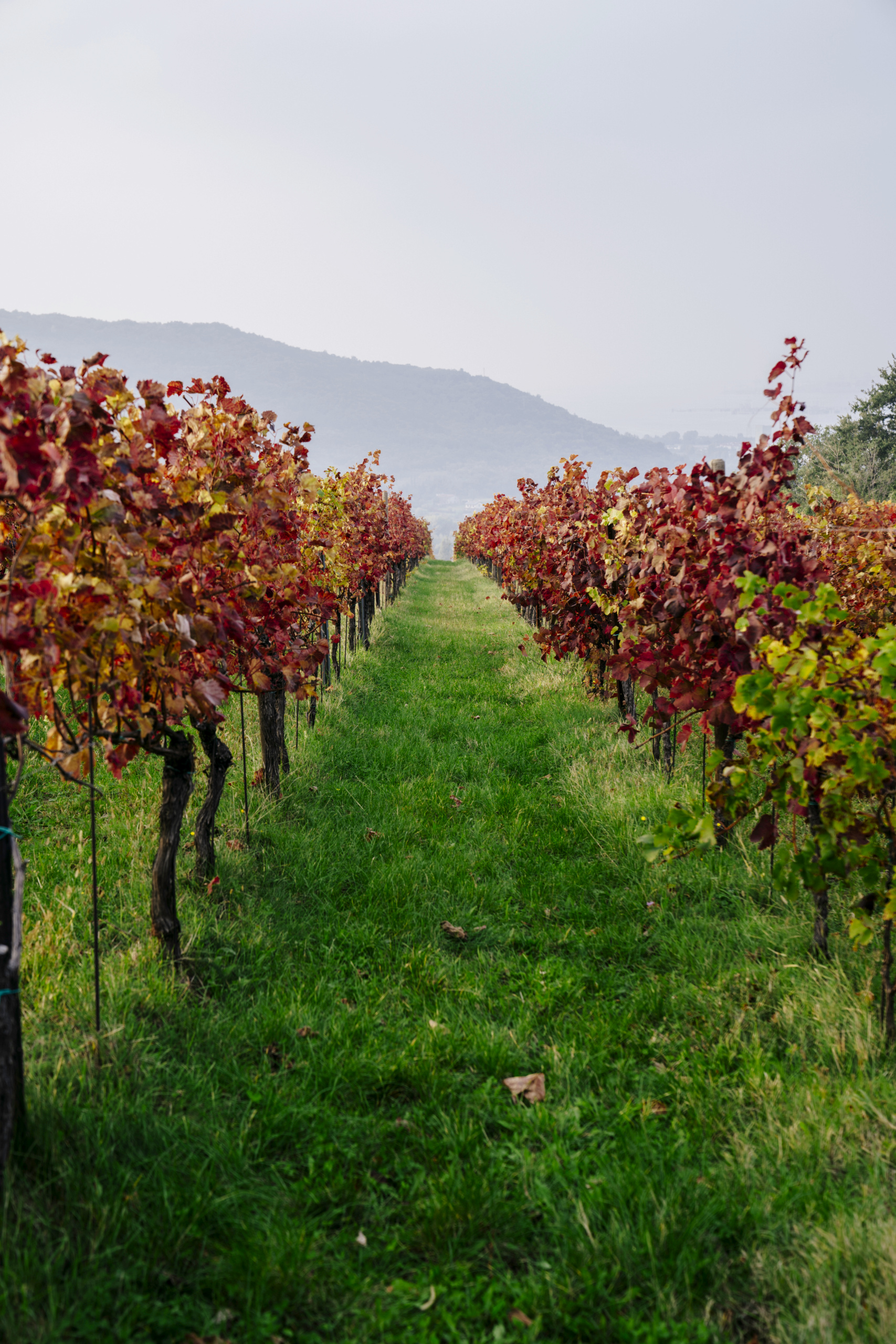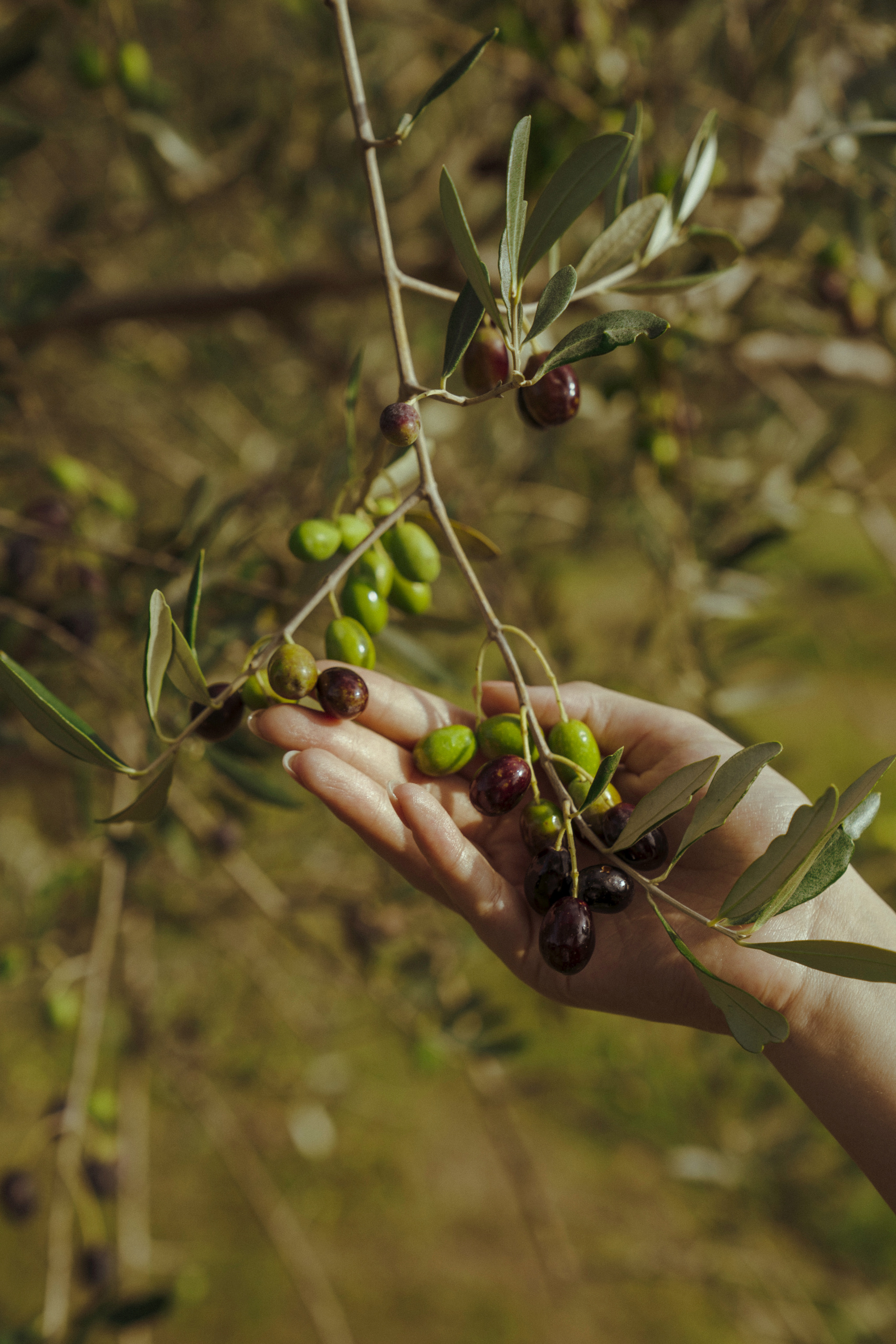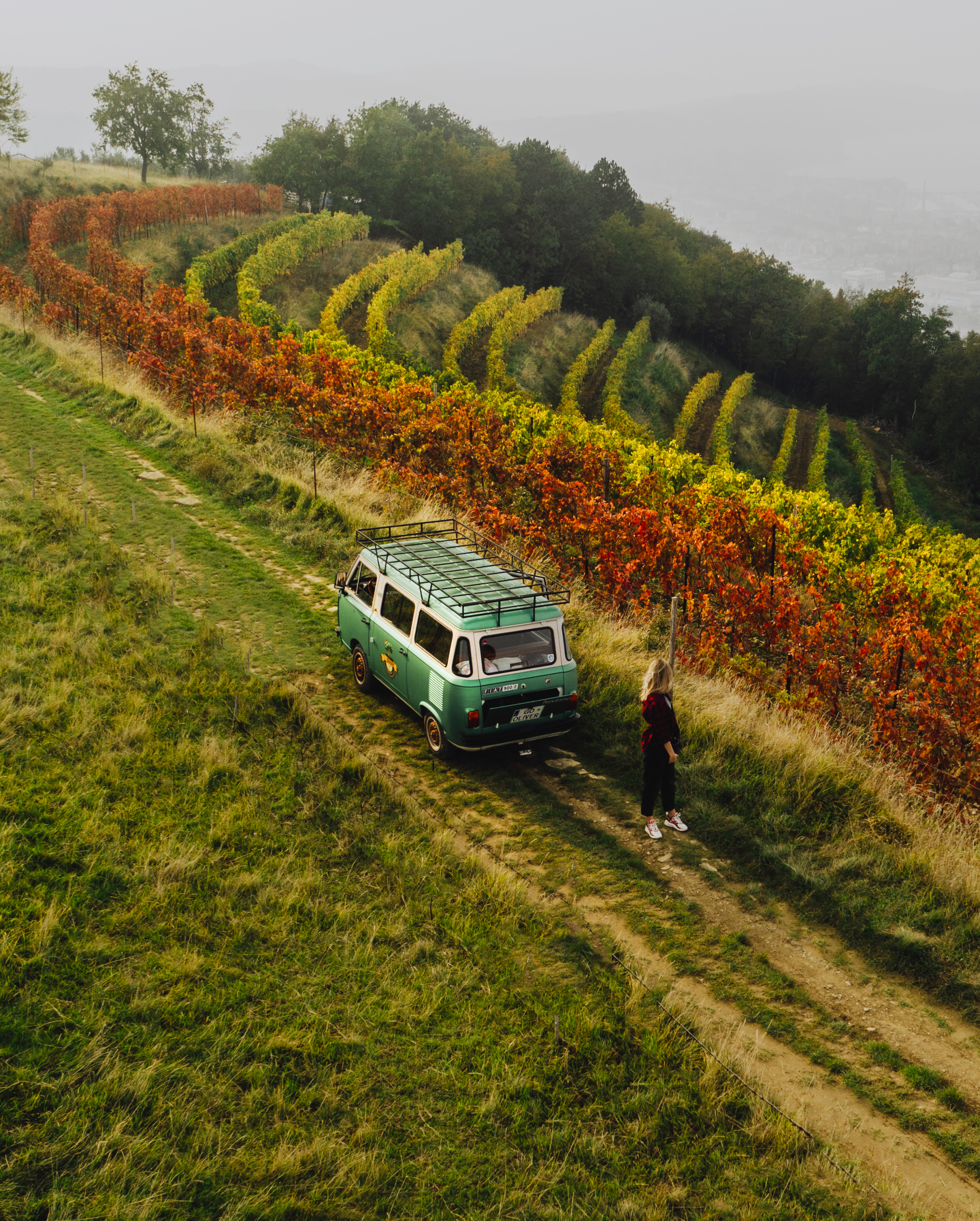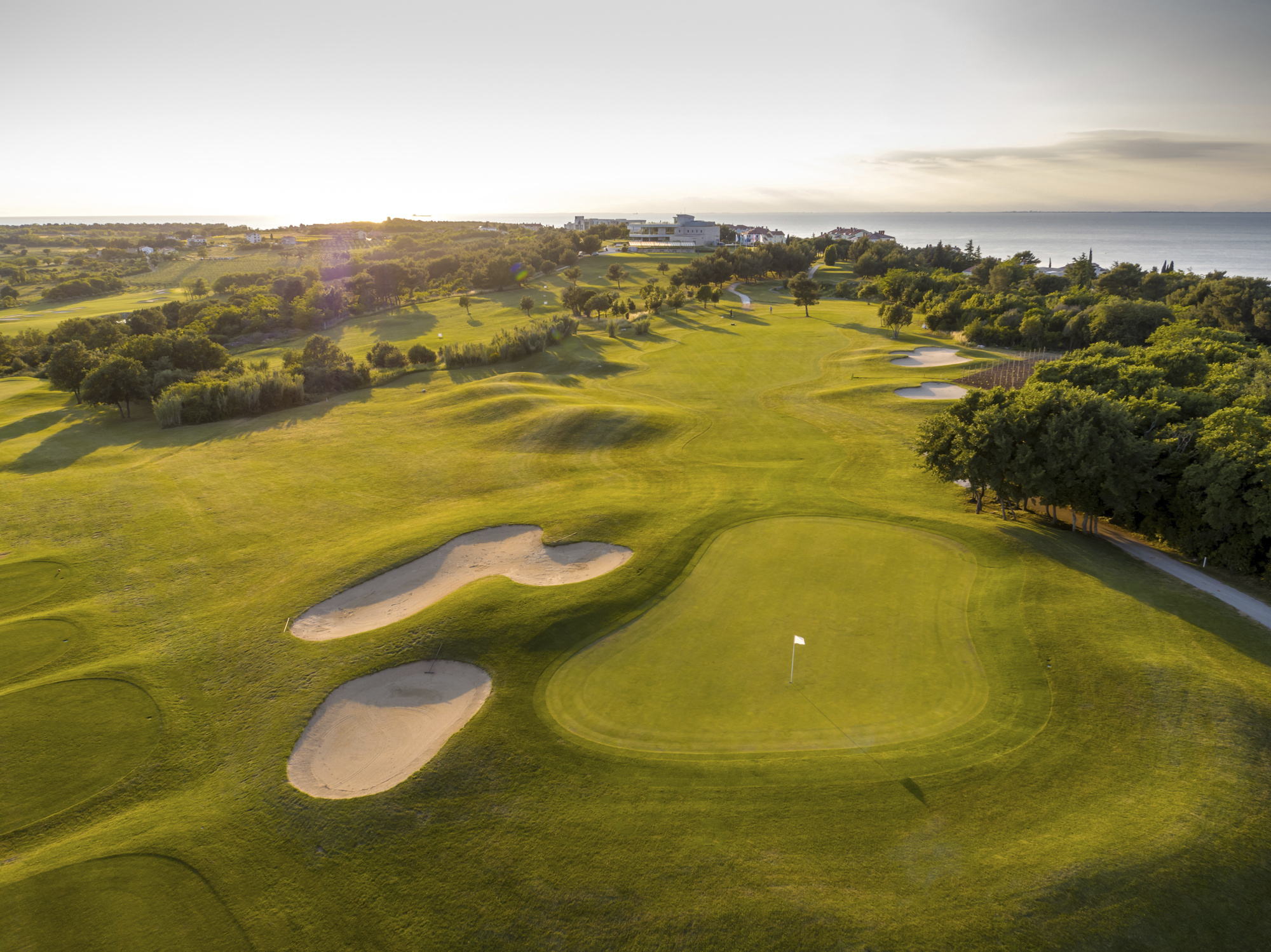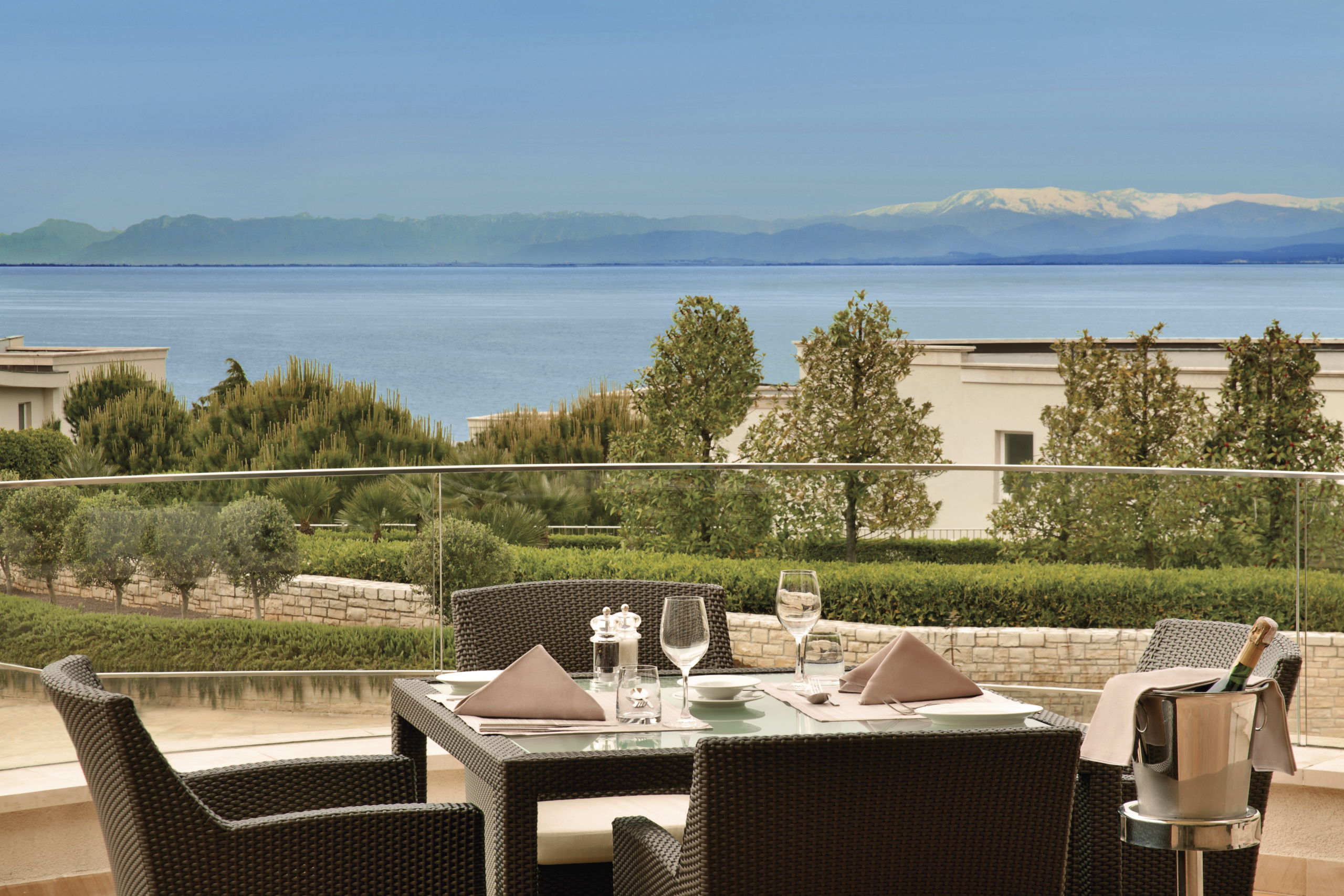
Adriatic Charm in Slovenia and Croatia
Iconic Destination
Live Local
With two hotels just a short distance apart, Kempinski showcases the finest features that Istria has to offer. In Slovenia, the grand Kempinski Palace Portorož began life in 1910 as the seaside home of the Habsburgs, their warm refuge from the harsh Vienna winters. And just around the bay in Croatia, Kempinski Hotel Adriatic feels like a secret resort with pools and modern villas set in the countryside, descending gracefully to the sea.
Come along with Tim Johnson, travel writer, as he journeys again to pastures new; this time discovering the best of Istria on his first visit.
The Best of Istria
A broad peninsula shared by three different countries, just the mention of ‘Istria’ conjures all sorts of images – most of them, rather dreamy. Sandy beaches backed by fragrant forests. Olive groves undulating over rolling hills. Medieval cities set in stone. Adriatic views that seem to stretch to forever.
EXPLORING ISTRIA FROM THE SEA
The best way to get a good overview of Istria, right from the start? Out on the sea, of course. On my first full day in Istria, I spend the morning on a boat.
Casting lines and quickly pouring me a glass of Prosecco, Captain Matic Marinsek steers his beautiful wooden sailboat away from Medieval Piran. Built back in 1947, the Portic was once a hardworking vessel, carrying heavy loads from the famous nearby salt pans. But now, its purpose is pure pleasure, carrying guests for scenic cruises.
Marinsek explains that Piran was once a primary trading city under the Venetian Republic, and its wealth is still apparent. Town walls, built to repel the Ottomans. Grand, columned palaces. The bell tower of St George’s Church, built in 1608, rising over Tartini Square.
We’ve sailed from Slovenia, but its neighbours are close by. To the port side, the captain points out the shoreline of Croatia, dark woods and the Dragonja River marking the border. “And everything you can see on that other side is Italy,” he says. Venice is just around the corner. “You can see the Alps, the Dolomites. You can see everything.”
DISCOVERING ISTRIAN CUISINE WITH AN EXECUTIVE SOUS CHEF
From the decks of the vintage boat, I transfer back to the historic Kempinski Palace Portorož. Walking through the halls, it is a place where you can feel the glamorous past around every corner. Part of the original spiral staircase remains. In the Crystal Hall, Austrian royals danced in top hats and tails and flowing ball gowns, under dripping chandeliers that remain to this day – now lovingly restored.
Movie stars have been frequent guests, including Sofia Lauren, the namesake of hotel’s Michelin-recognised restaurant, Sofia. I’m offered a rare opportunity to have a special culinary experience with Marjo Povšnar, its executive sous chef. Making our way back into the kitchen, he reflects a bit on his own personal history with the hotel.
The whole village of Portorož – literally, “port of roses” – grew up around the Palace. His grandfather was a carpenter here, and he lived just a couple minutes away. The chef notes that, unlike the rest of Slovenia, the cuisine here in Istria is heavily influenced by Italy, and the sea. “Tomatoes, fish, garlic,” he says. “So simple, and yet so tasty.”
We make pasta, mixing in olive oil from a local producer. Showing me how to knead the dough into a ball, mine quickly comes apart in my hands. His looks like it was sculpted by Rodin.
Soon enough, we’re covered in flour, and ready to eat. He cooks the pasta in butter, over low heat, mixing in Sicilian cheese and fleur-de-sel from the nearby salt pans. “In Slovenian, we say that this is the part of the sea that couldn’t make it back into the sky.” Povšnar finishes it, appropriately enough, with a favourite local ingredient, shaving some black truffle over top. It all melts in my mouth, and tastes like heaven – just a small taste of the many courses that await me later, at Sofia.
FROM SLOVENIA TO CROATIA
After a few days enjoying dynamic Portorož, I transfer just across to Kempinski Hotel Adriatic, on the Croatian side. The ride is easy, especially now that Croatia has just joined the Schengen Zone. We merely slow down to ease through the former border post, then wind up the hill on the far side.
A short distance, but it feels like a world away. The pace is noticeably relaxed. Everything seems to slow right down.
I settle into resort life, spending time by the pool. The 3,000-square-metre spa here is a main attraction, and I luxuriate in the full-scale Hammam, the treatment rivalling anything I’ve experienced in Türkiye. Descending to the hotel’s lovely slice of tucked-away beach, I soak up the the sun for an entire afternoon. The Adriatic sits just beyond my toes, and I observe the colours of the calm seas, the spectrum of blues progressing from light aquamarine, all the way to deep sapphire.
SAMPLING LOCAL VINO AND OLIVE OIL
Just five minutes from the resort at Monte Rosso is a small winery, where they also have 14,000 olive trees. I taste a number of varieties, including a young Malvasia, which is floral and fruity and bright. “It is obligatory, when you are in Istria, to try a fresh Malvasia,” the guide tells me. “The first time I tried it, I fell in love right away.”
And olive oil, too. The guide shows me the proper way to taste it. You must pour it into a little cup and heat it with your hands, to release the flavours. Like wine, first you check the nose, enjoying the aroma. Then, a straight sip, from the cup, followed by pairings on bread, with local cheeses and sausages.
Fully sated and fortified, I’m prepared to tee off.
A PGA NATIONAL GOLF COURSE AMONG VINEYARDS
The resort is home to perhaps the finest golf course in the country, and it has recently gained a prestigious designation, as a PGA National course. Showing me the layout from a rooftop vantage point, Dean Duzaic, the course pro, walks me through a 360-degree view.
Fairways and greens twist through undulating terrain, set amongst vineyards and olive groves. Some holes give glimpses of the sea. “It’s nicely integrated with the landscape,” he says. “You get a sense of the history here.”
After hitting a few balls on the driving range, Duzaic sets me loose on the course, with cart and clubs. I play some of the best golf of my life. But things start to go wrong on my final holes, my shots slicing wildly into the vines. Still, I come away happy.
Mostly because there’s still time for me to head back to the beach, and enjoy the view back to Piran, the Julian Alps behind. A big seafood dinner awaits at Restaurant Dijana, al fresco on the terrace. Fresh Mediterranean dishes, paired with one of the finest sunsets I’ve ever seen, and that big fiery ball, sinking into the sea.
